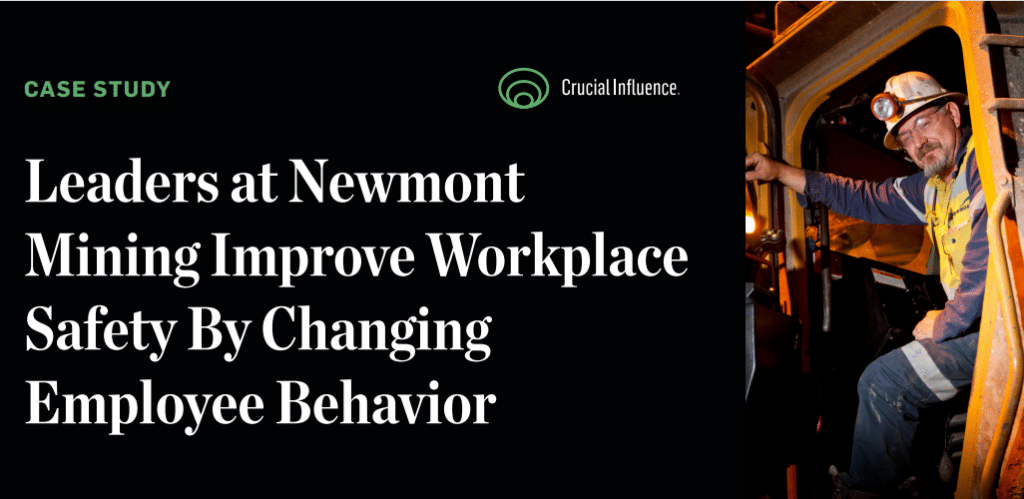Most people don’t look forward to crucial conversations. And they definitely don’t get excited about them.
When we know it’s time to have a crucial conversation, most of us tense up rather than jump up at the chance to get started. Our emotions can get the better of us and undermine the reason we’re having the conversation in the first place.
That’s because there’s a lot that can happen in a crucial conversation. It can ruin relationships. It can make things awkward. And when we’re uncomfortable, we tend to move to silence or violence.
With silence, we stop talking, we stop listening, we fidget with our phones, and we shut down. In a move to violence, we become aggressive as we self-justify, interrupt, raise our voice, and get frustrated.
So what do we do about it?
Learn to Look
Our conversations get less awkward and more productive when we learn a vital skill — awareness that these things are happening. The move to silence and violence affects everything about the conversation, including the outcome. So, we need to learn to see the signs of these ill responses so we can keep conversations on course.
It’s easy to miss the signs if you’re not looking.
As we learn to look for silence and violence, we need a way to let the person know what’s going on. Now, pay attention to the nuances of conversations. Listen to their breathing, word choice, energy, and how much they repeat themselves.
With these words, he steps away from the content and pays attention to how he’s talking. Then, we can regroup.
Once we realise how we’re acting and rethink our responses, we can go back into dialogue and continue a healthy conversation.
Crucial conversations tend to be uncomfortable and difficult, but we can make them better if we check the temperature of the conversation. Learn to look for signs of silence and violence early in a crucial conversation — and stay aware until the end.
We need to check the temperature throughout these difficult talks, so we know when to bring life back into conversations. Then, we can have real dialogue for the purpose we intended.





